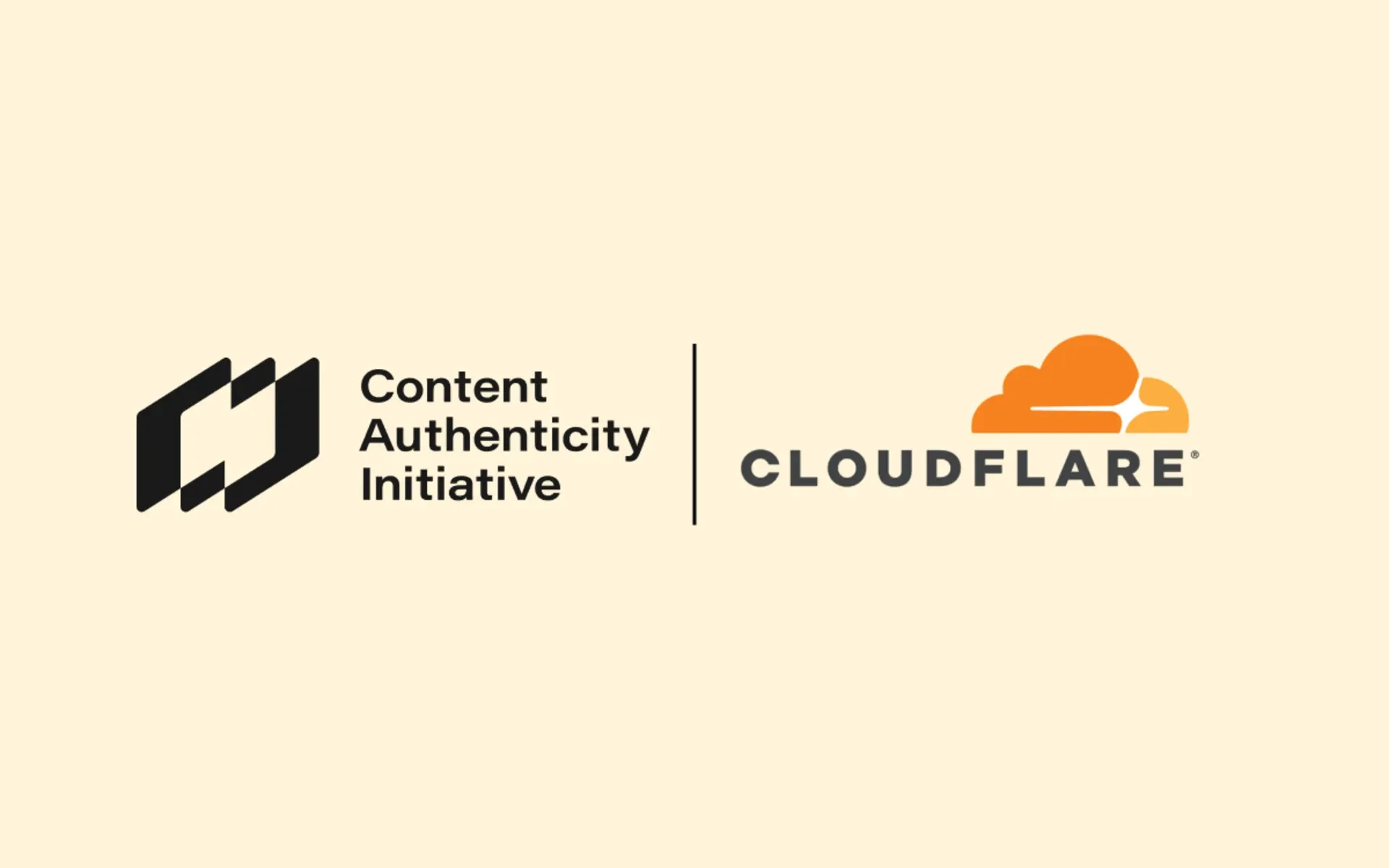Cloudflare integrates Content Credentials to preserve digital content authenticity
First major CDN implements C2PA provenance standard for image metadata preservation across its network services.

Three days ago, Cloudflare announced the integration of Content Credentials into its image optimization service, marking a significant advancement in digital content authenticity preservation. According to Will Allen, Head of AI Control, Privacy, and Media Products at Cloudflare, the implementation allows seamless preservation of content provenance metadata across the company's extensive network.
The technical integration enables Cloudflare Images to maintain cryptographic signatures and metadata throughout image transformations. According to the company's technical documentation, when users enable the "Preserve Content Credentials" option, the service retains existing Content Credentials while documenting any subsequent modifications through cryptographic signatures.
Cloudflare's network serves approximately 20% of internet properties globally. The implementation addresses a critical gap in maintaining provenance information during content delivery. According to Allen, previous limitations often resulted in metadata being stripped during CDN transformations, even when content creators had established proper attribution chains.
The Coalition for Content Provenance and Authenticity (C2PA) standard, implemented by Cloudflare, utilizes the JUMBF (JPEG Universal Metadata Box Format) container format for embedding verified metadata. Technical specifications show that each transformation generates a unique hash, cryptographically signed using a private key, creating an auditable chain of modifications.
A practical example provided in Cloudflare's documentation demonstrates the process: When transforming an image from 8256x5504 pixels to 800x533 pixels, the system preserves the original Content Credentials while appending a new, signed manifest documenting the resize operation. This maintains verification capabilities through services like contentcredentials.org/verify.
The implementation supports various image transformations, including format conversions and quality adjustments. Each modification generates detailed technical assertions in JSON format, containing specific parameters of the transformation alongside timestamps and cryptographic signatures.
Cloudflare obtained certification through DigiCert for signing Content Credentials manifests. The company's end-entity certificate, referenced in transformation manifests, enables third-party verification of the provenance chain. Technical documentation indicates that signature information includes algorithm specifications, issuer details, and precise timestamps.
The development addresses several technical challenges, particularly concerning scale and performance. According to Allen, the implementation required careful consideration of privacy, security, and global distribution requirements while maintaining system performance across Cloudflare's extensive network infrastructure.
For content creators and publishers, the integration provides automated preservation of attribution metadata. News organizations and media companies can maintain verified provenance chains from capture through publication, addressing long-standing concerns about content authenticity and creator attribution in digital distribution.
The technical implementation allows preservation of metadata from various capture devices and editing software. According to the documentation, the system supports metadata from C2PA-compliant cameras, editing tools, and AI generation services, maintaining cryptographic verification throughout the content delivery process.
Implementation for website operators requires minimal configuration. According to Cloudflare's documentation, users can enable Content Credentials preservation through a simple toggle in the Images dashboard, with no additional technical integration required.
The company indicated plans for expanding the implementation to video content, though specific timelines were not disclosed. According to Allen, customer feedback will guide further development of the feature set and additional integration options.
This development represents a significant step in establishing widespread support for content provenance standards. The integration demonstrates the technical feasibility of maintaining cryptographic content verification across major content delivery networks while preserving performance and scalability.

